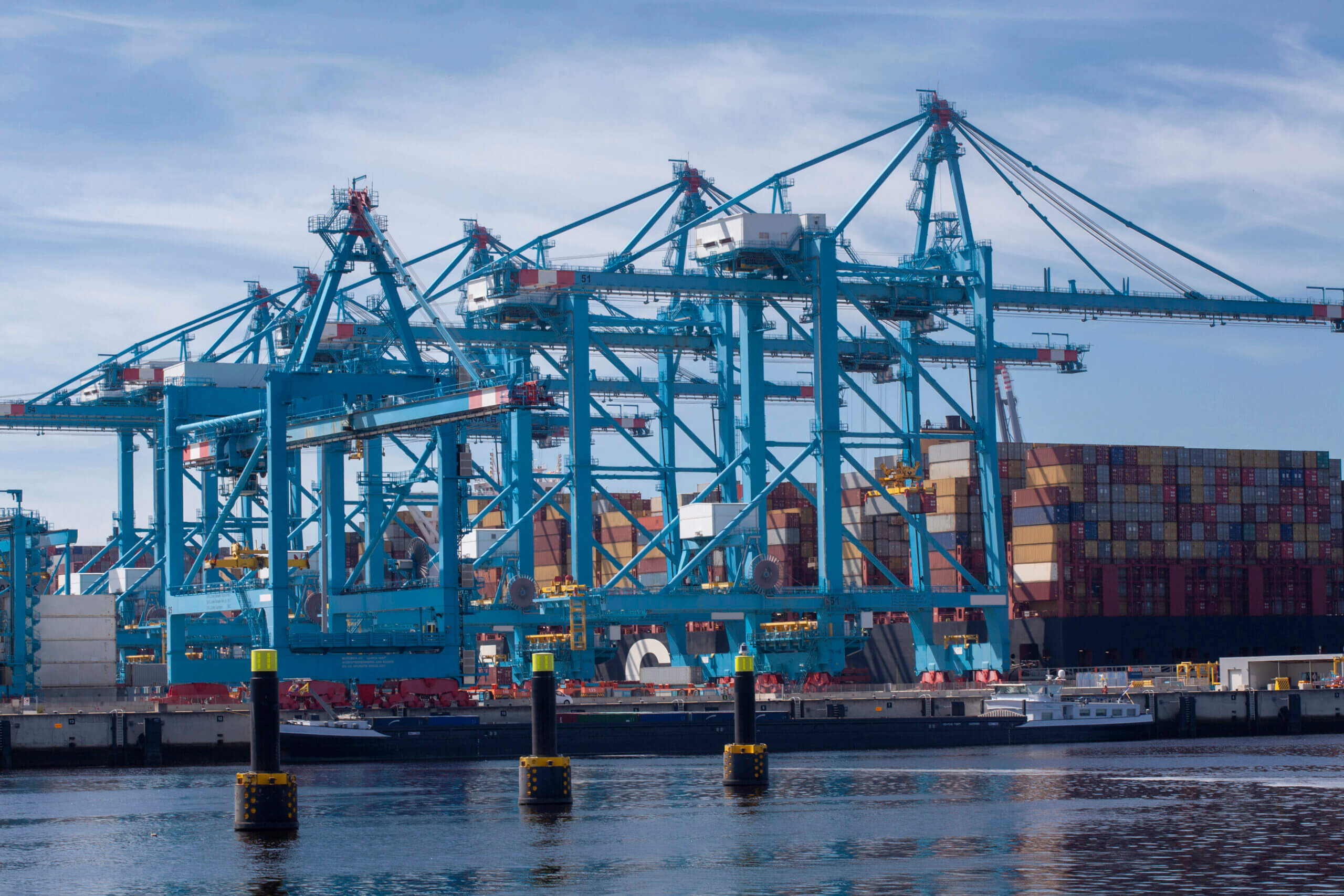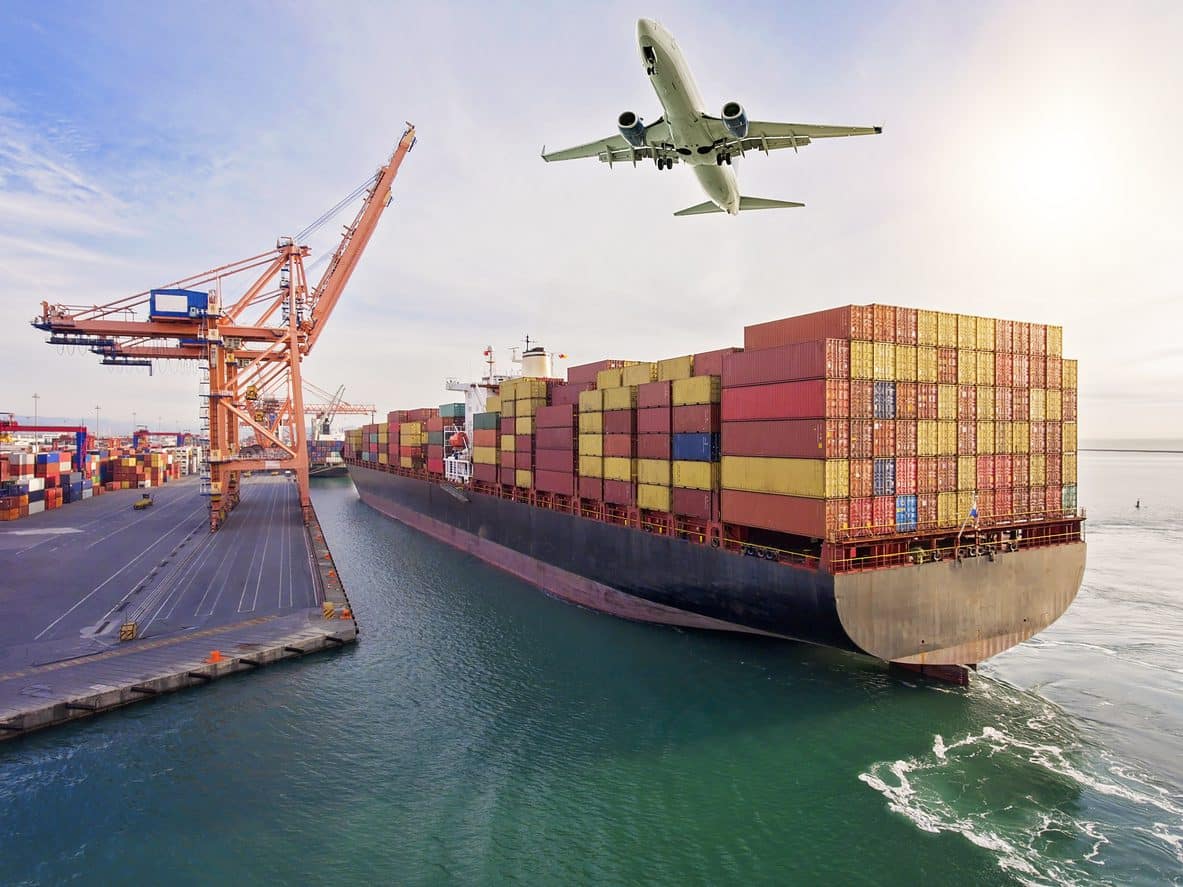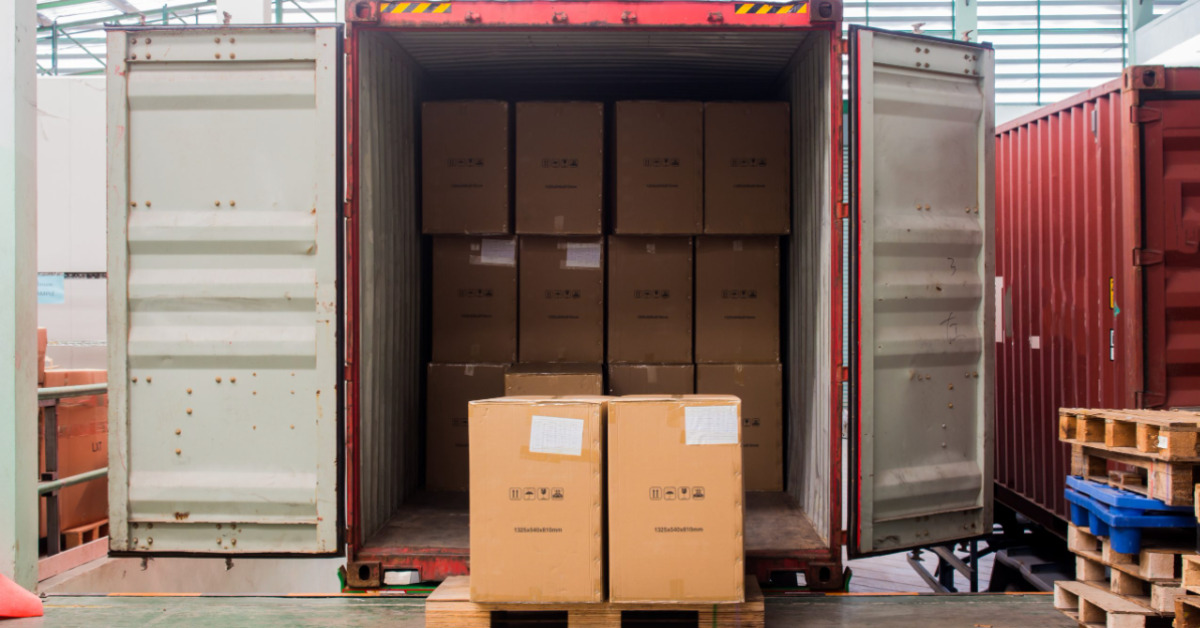
Europe is home to some of the world’s most significant and busiest ports, playing a vital role in global trade and commerce. These ports are critical hubs for the import and export of goods, facilitating the movement of millions of containers each year. In this article, we will explore the top busiest and biggest ports in Europe, highlighting their importance, key features, and contributions to the global economy.
1. Port of Rotterdam, Netherlands
Overview: The Port of Rotterdam is the largest and busiest port in Europe, located in the Netherlands. It serves as a major gateway for goods entering and leaving the European continent.
Key Features:
- Size: Spanning over 105 square kilometers, the port is one of the largest in the world.
- Throughput: It handles over 14 million twenty-foot equivalent units (TEUs) annually.
- Infrastructure: The port boasts state-of-the-art facilities, including deep-water berths, advanced container terminals, and extensive rail and road connections.
- Significance: Rotterdam’s strategic location and comprehensive infrastructure make it a central hub for European trade, connecting Europe to major global markets.
2. Port of Antwerp, Belgium
Overview: The Port of Antwerp is the second-largest port in Europe, known for its vast range of services and extensive hinterland connections.
Key Features:
- Size: Covering an area of 120 square kilometers, it is one of the largest ports by land area.
- Throughput: The port handles around 12 million TEUs annually.
- Facilities: Antwerp offers specialized terminals for containers, bulk goods, and breakbulk cargo, along with extensive warehousing and logistics services.
- Significance: The port’s central location in Europe and its access to the Scheldt River provide excellent connectivity to the European hinterland, making it a key trade hub.
3. Port of Hamburg, Germany
Overview: The Port of Hamburg is Germany’s largest port and a crucial player in European trade, known for its efficiency and advanced facilities.
Key Features:
- Size: The port covers approximately 72 square kilometers.
- Throughput: It handles around 9 million TEUs annually.
- Infrastructure: Hamburg features modern container terminals, efficient rail connections, and a deep-water harbor capable of accommodating large vessels.
- Significance: The port’s location along the Elbe River allows easy access to Central and Eastern Europe, making it a vital gateway for trade.
4. Port of Valencia, Spain
Overview: The Port of Valencia is the busiest container port in the Mediterranean, known for its rapid growth and strategic position.
Key Features:
- Size: The port covers an area of 600 hectares.
- Throughput: It handles approximately 5.5 million TEUs annually.
- Facilities: Valencia offers extensive container terminals, ro-ro facilities, and advanced logistics services.
- Significance: Its location on the Mediterranean coast provides excellent access to Southern Europe and North Africa, making it a key hub for Mediterranean trade.
5. Port of Piraeus, Greece
Overview: The Port of Piraeus is the largest port in Greece and one of the fastest-growing ports in Europe.
Key Features:
- Size: The port covers an area of 24 square kilometers.
- Throughput: It handles around 5 million TEUs annually.
- Infrastructure: Piraeus features modern container terminals, extensive warehousing, and efficient rail and road connections.
- Significance: The port’s strategic location near the Suez Canal provides a crucial link between Europe and Asia, enhancing its role in global trade.
6. Port of Algeciras, Spain
Overview: The Port of Algeciras is a key transshipment hub in Southern Europe, known for its strategic location at the crossroads of major shipping routes.
Key Features:
- Size: The port covers an area of 400 hectares.
- Throughput: It handles approximately 4.5 million TEUs annually.
- Facilities: Algeciras offers advanced container handling facilities, extensive berths, and efficient logistics services.
- Significance: Its location at the entrance to the Mediterranean Sea makes it a critical transshipment point for goods traveling between Europe, Africa, and the Americas.
7. Port of Bremerhaven, Germany
Overview: The Port of Bremerhaven is a major port in Northern Germany, known for its specialization in container handling and automobile exports.
Key Features:
- Size: The port covers an area of 93 square kilometers.
- Throughput: It handles around 4.8 million TEUs annually.
- Infrastructure: Bremerhaven features state-of-the-art container terminals, extensive rail connections, and dedicated facilities for automobile handling.
- Significance: The port’s efficient operations and specialization make it a key player in Northern European trade.
Conclusion
Europe’s ports are critical to the global economy, serving as major gateways for the movement of goods. The Port of Rotterdam, Port of Antwerp, and Port of Hamburg lead the way in terms of size and throughput, while ports like Valencia, Piraeus, and Algeciras play essential roles in regional trade. These ports’ advanced infrastructure, strategic locations, and efficient operations ensure that Europe remains a central hub in global trade networks.
For expert assistance with your shipping and logistics needs through these major European ports, contact RAM International Shipping. Our experienced team is here to provide comprehensive services and support for all your cargo transportation requirements. Get in touch with us today to learn more about how we can help streamline your supply chain!



